When you visit the Imperial Palace in Beijing, better known as the Forbidden City, you will see that it is located north of the great Tian'anmen Square.
After your long walk around this great square in Beijing and already want to visit the Forbidden City, you will find a large building that has the name of the Tian'anmen Gate.
Through it, you will access the interior of the huge enclosure of the old Imperial Palace, which contains many places of interest.
To visit this impressive monument, you also have the option to sign up for a tour of the Forbidden City with an English speaking guide.
This is an 8-hour tour that will start with a visit to Tian'anmen Square and will conclude with a tour of the traditional Hutong quarters.
1. Tian'anmen Gate
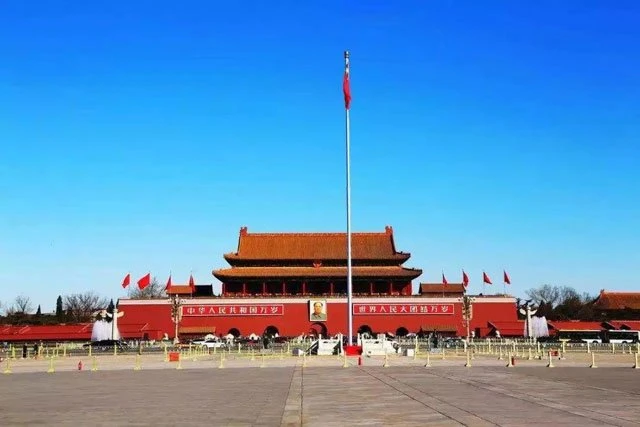
This beautiful and impressive building with the characteristic Chinese architectural style was built in the year 1420.
It was mainly used for the great ceremonies of the proclamation of the new emperor, which was communicated to the Chinese people from its superior tribune.
Until 1911 no one was allowed to pass through the gate to the Imperial Palace except the emperor's family and the aristocrats; hence the name of the Forbidden City.
The access to the Tian'anmen Gate from the great square of the same name is made through five beautiful bridges that cross the moat that surrounds the Imperial Palace.
The Tian'anmen Gate also has great symbolic meaning for today's China, as the People's Republic was proclaimed by Mao Zedong in 1949 from the upper stand above the gate arch.
Today, a large portrait of the great leader Mao Zedong is situated above the arch of the Tian'anmen Gate.
2. Great Marble Staircase
One of the most surprising and beautiful corners that we can find in the Forbidden City is the great marble staircase.
Its great beauty and majesty make it one of the most photographed places by those of us who have the chance to visit the Forbidden City.
Located at the back of the Hall of Preserved Harmony, this is a marble staircase in whose central part has been sculpted the figures of nine dragons.
Built during the Ming dynasty, the great staircase is 16.5 meters long, 3 meters wide, and one and 1.5 meters thick.
For its construction, a large marble stone was brought from a quarry located 70 kilometers from Beijing. Its transportation required the work of 20,000 workers and thousands of mules during one month.
3. Salons of Harmony in Forbidden City
After entering through the Tian'anmen Gate, the most usual thing to do is to walk around the Imperial Palace in the south-north direction, passing through new doors and visiting the halls as we go along.
They are actually small palaces with large rooms where in their heyday certain activities took place.
The first door we will cross will be the Gate of Supreme Harmony, after which we will find ourselves in an impressive courtyard and in front of us.
And before us appears the first of the three Halls of Harmony, the so-called Hall of Supreme Harmony.
It is in this great courtyard of 30,000 square meters where the emperor performed the great public ceremonies, standing at the door of the aforementioned Hall of Supreme Harmony.
The image of this Hall (or small palace) and a sample of this type of ceremony is presented to us in the film The Last Emperor, which was filmed in the Forbidden City.
When a new emperor came to the throne, on his birthday or his wedding, he would go on the winter solstice or on the Chinese New Year, and these were some of the moments when these celebrations took place.
Built-in 1406, the Hall of Supreme Harmony is located on a three-level white marble terrace with balustrades decorated with numerous reliefs.
It was the symbol of imperial power, and during the time of the Ming and Qing dynasties, the construction of a building of greater dimensions was not allowed.
After the Hall of Supreme Harmony, and located on the same elevated terrace, the Hall of Central Harmony and the Hall of Preserved Harmony immediately follow.
The set of these three halls occupies the main space of the Forbidden City, and because of its decorations and the disposition is where we will find the best views inside the Imperial Palace.
The Central Harmony Hall, smaller than the other two, was where religious ceremonies used to take place.
And in the Hall of Preserved Harmony was where the great banquets were usually held.
4. Jewelry and Jade Objects in the Hall of Longevity
Although most of the furniture, jewelry, and decorative elements in the Imperial Palace in Beijing were destroyed at different stages in China's history, some pieces that have been preserved are on display in the Forbidden City.
It is in the so-called Hall of Longevity, and another adjacent one, where you can see various decorative elements, such as the very beautiful decorative objects of jade, or various gold and silver jewelry.
It is actually a small museum that contains the most outstanding artistic objects that you can see in the Forbidden City.
5. Hall of Mental Cultivation
This small palace known as the Hall of Mental Cultivation has a special significance in the history of the Forbidden City of Beijing.
Built during the Ming dynasty, this palace was where the emperor himself had his office, and from which he ruled the Empire of China.
It also had a bedroom inside.
In fact, the Hall of Mental Cultivation was the room where three of the emperors in the history of China died.
The last government meeting of the Emperor of China took place there, although the imperial family was allowed to continue residing in the Forbidden City until it was expelled from the Imperial Palace in 1924.
The aforementioned film The Last Emperor perfectly shows this last stage of the Chinese Empire. It is a film that I recommend you not to miss if you have not seen it yet.
During your visit to the Imperial Palace, taking into account the huge area occupied by the palace complex, you should not miss this room because it is one of the most attractive, so it is worth trying to locate it among all the pavilions that are.
6. Imperial Garden Yuhuayuan
Located near the northern gate, known as the Gate of Divine Power, the Imperial Garden (Yuhuayuan) occupies 12,000 square meters and was built during the Ming Dynasty in 1417.
It has the characteristics of a typical Chinese garden, with trees, rocky areas, flower beds, and sculptural elements, such as large bronze incense burners.
In the Imperial Garden of the Forbidden City, there are more than twenty structures, and the main one of them is the Imperial Peace Hall.
Also noteworthy is a pine tree more than 400 years old, which symbolizes the harmony between the emperor and the empress.
7. Jingshan Park
In front of the exit of the Divine Power Gate, you will find a hill known as Jingshan Park,
If you climb to the top of it you will have the best panoramic views of the Forbidden City.
Jingshan Park actually extends over an artificial hill of only 47 meters high, which was built during the Ming Dynasty.
Chinese tradition stated that imperial palaces should be built south of a hill, but when Beijing became the capital of China, there was no hill nearby at the location of the new imperial palace, so it was artificially built.
The hill is popularly known as Feng Shui.
The Jingshan Park is more than 200,000 square meters in area, and there are five peaks and a pavilion has been erected on each of them.
We sincerely hope you have enjoyed this brief tour of the forbidden city.
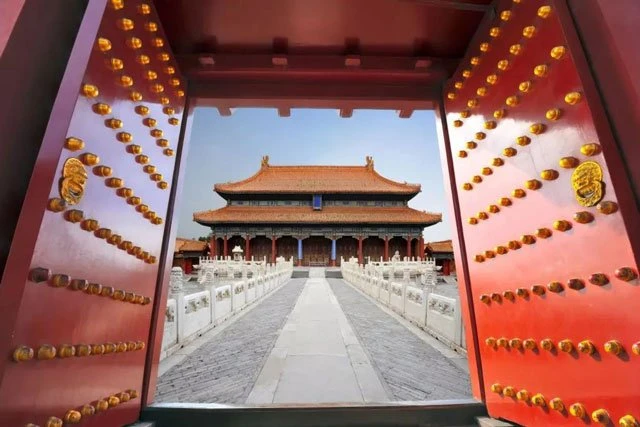
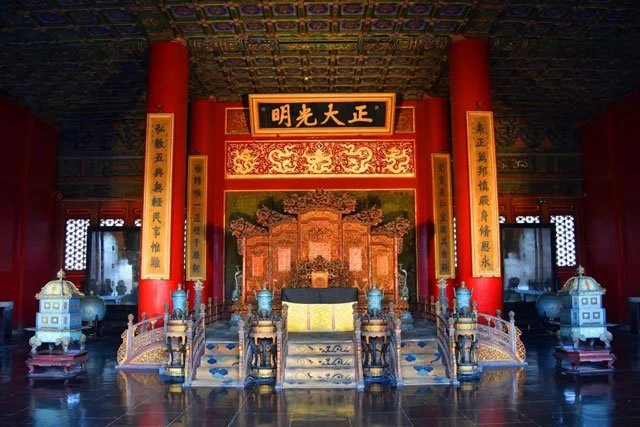
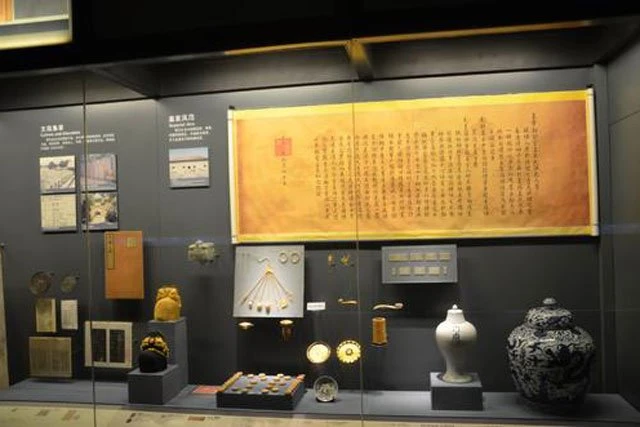
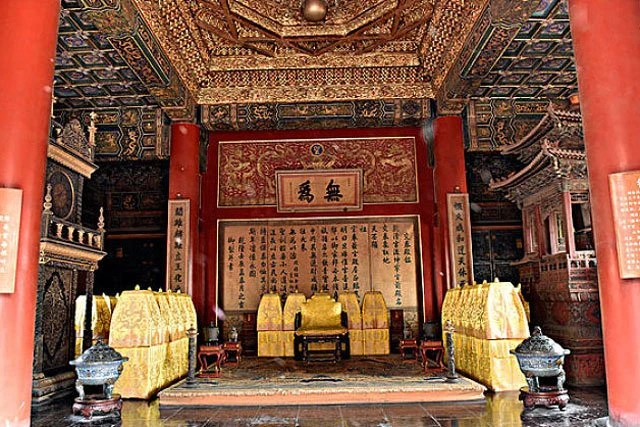
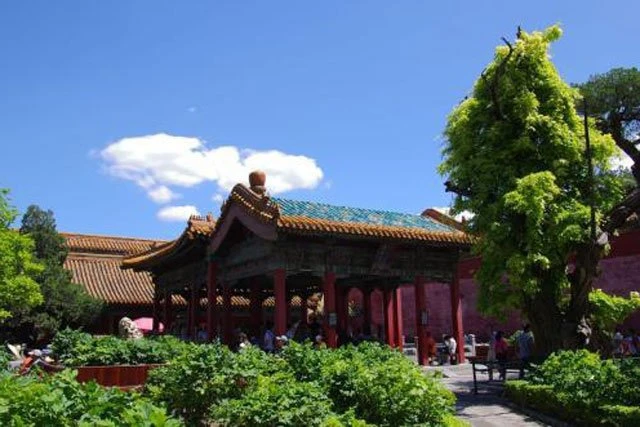
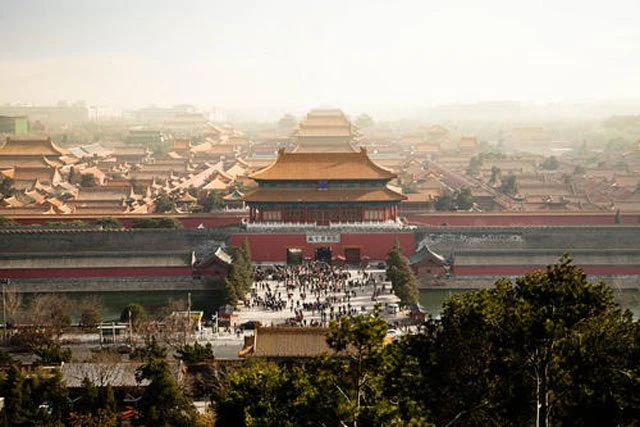

Membayangkan betapa indahnya saat itu
Bangunan ini telah ditinggalkan, tapi masih terawat dan indah
Ini sungguh ajaib, bangunan yang masih sangat indah dan kokoh